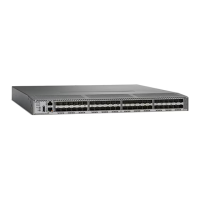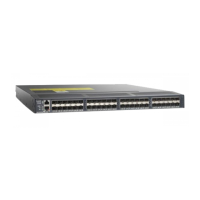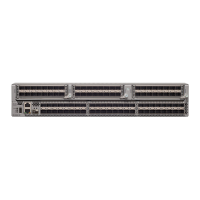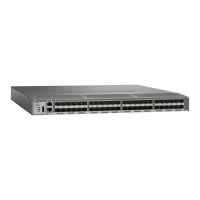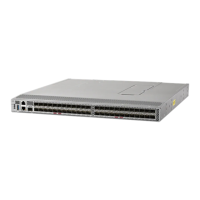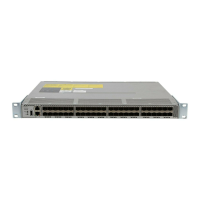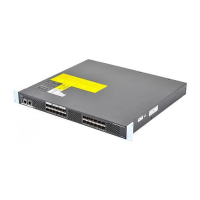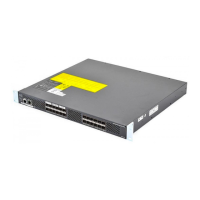Send documentation comments to mdsfeedback-doc@cisco.com
22-7
Cisco MDS 9000 Family Troubleshooting Guide, Release 3.x
OL-9285-05
Chapter 22 Troubleshooting IPsec
IPsec Issues
Verifying IPsec Configuration Compatibility Using the CLI
To verify the compatibility of the IPsec configurations of MDS A and MDS C shown in Figure 22-1
using the CLI, follow these steps:
Step 1 Use the show crypto map domain ipsec command and the show crypto transform-set domain ipsec
command. The following command outputs display the fields discussed in Step 2 through Step 7.
MDSA# show crypto map domain ipsec
Crypto Map “cmap-01” 1 ipsec
Peer = 10.10.100.232
IP ACL = acl1
permit ip 10.10.100.231 255.255.255.255 10.10.100.232 255.255.255.255
Transform-sets: tfs-02,
Security Association Lifetime: 3000 gigabytes/120 seconds
PFS (Y/N): Y
PFS Group: group5
Interface using crypto map set cmap-01:
GigabitEthernet7/1
MDSC# show crypto map domain ipsec
Crypto Map “cmap-01” 1 ipsec
Peer = 10.10.100.231
IP ACL = acl1
permit ip 10.10.100.232 255.255.255.255 10.10.100.231 255.255.255.255
Transform-sets: tfs-02,
Security Association Lifetime: 3000 gigabytes/120 seconds
PFS (Y/N): Y
PFS Group: group5
Interface using crypto map set cmap-01:
GigabitEthernet1/2
MDSA# show crypto transform-set domain ipsec
Transform set:tfs-01 {esp-3des null}
will negotiate {tunnel}
Transform set:tfs-02 {esp-3des esp-md5-hmac}
will negotiate {tunnel}
Transform set:ipsec_default_transform_set {esp-aes 128 esp-sha1-hmac}
will negotiate {tunnel}
MDSC# show crypto transform-set domain ipsec
Transform set:tfs-01 {esp-3des null}
will negotiate {tunnel}
Transform set:tfs-02 {esp-3des esp-md5-hmac}
will negotiate {tunnel}
Transform set:ipsec_default_transform_set {esp-aes 128 esp-sha1-hmac}
will negotiate {tunnel}
Step 2 Ensure that the ACLs are compatible in the show crypto map domain ipsec command outputs for both
switches.
Step 3 Ensure that the peer configuration is correct in the show crypto map domain ipsec command outputs
for both switches.
Step 4 Ensure that the transform sets are compatible in the show crypto transform-set domain ipsec command
outputs for both switches.
Step 5 Ensure that the PFS settings in the show crypto map domain ipsec command outputs are configured
the same on both switches.
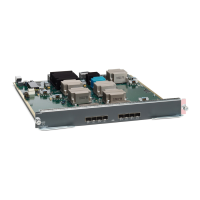
